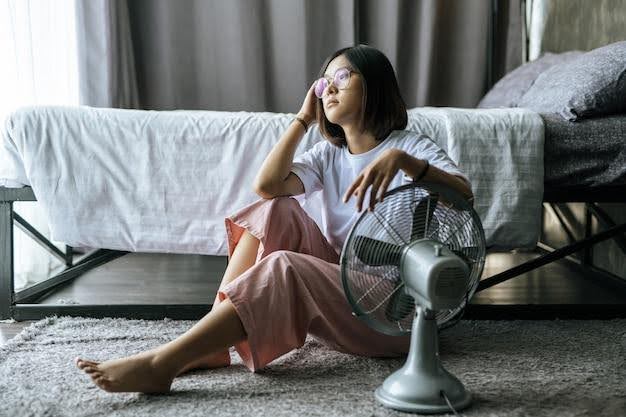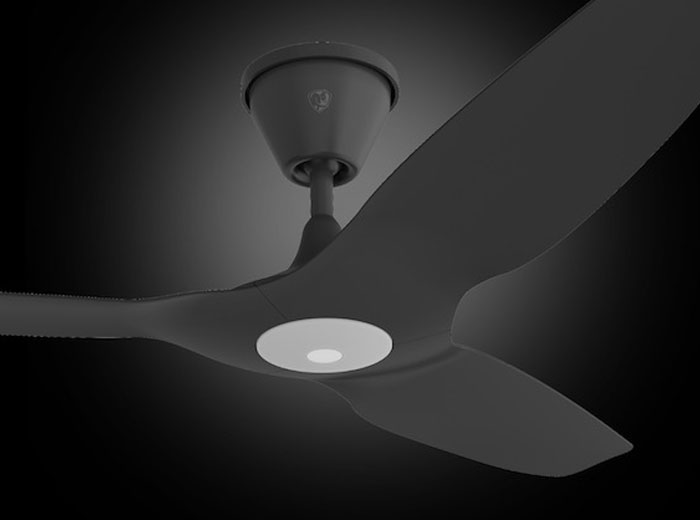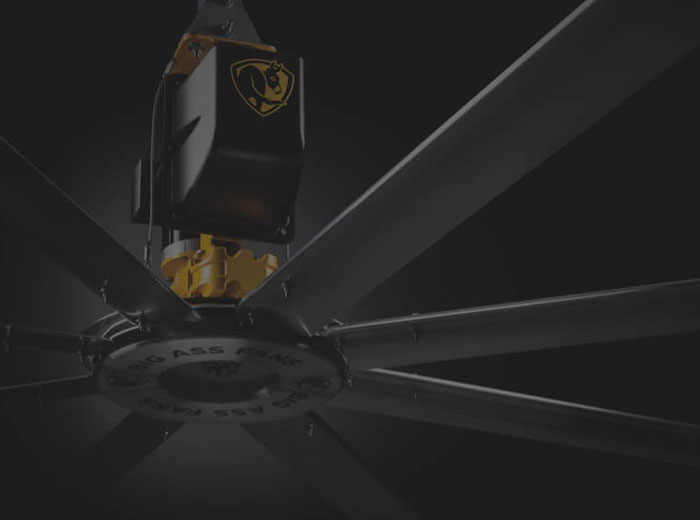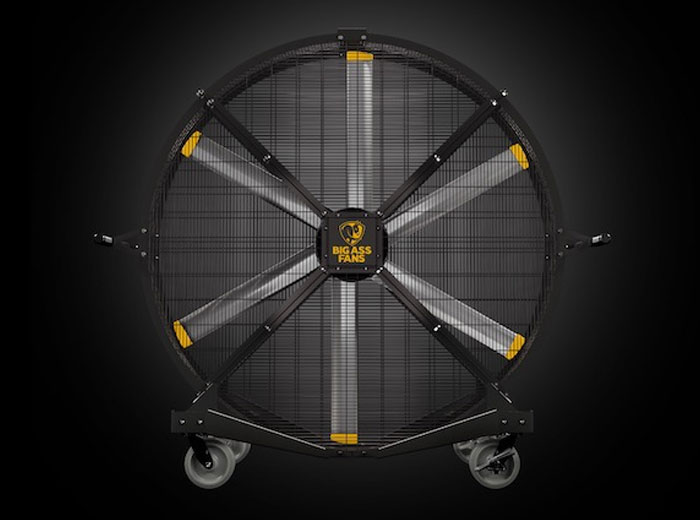When people think about comfort in hot, humid climates like Singapore, air conditioning is usually the first solution that comes to mind. While AC units can effectively lower the temperature, they don’t fully solve the challenges caused by poor air circulation. Stagnant air not only makes rooms feel stuffy and uncomfortable but can also create hidden costs that affect your finances, health, and overall lifestyle.
In fact, Singapore’s TR141:2025 standard highlights the benefits of hybrid cooling, which combines air conditioning with proper airflow solutions like ceiling fans or high-volume, low-speed (HVLS) fans. By applying this approach, you can maintain comfort more efficiently while reducing energy costs.
In this guide, we’ll explore why air circulation matters, the often-overlooked costs of neglecting it, and how improving airflow can make a meaningful difference in your home or workplace.
Take the first step today by exploring Big Ass Fans Singapore. Whether you’re looking for solutions for your home, workplace, or larger spaces, our fans are engineered to provide effective, year-round circulation.
Why Air Circulation Matters in Humid Climates
Air circulation is not the same as cooling. While cooling reduces the air temperature, circulation keeps air moving, preventing it from becoming stale. In humid environments, this movement is especially important because it helps the body’s natural cooling process sweat evaporation work more effectively.
Without airflow, humid air tends to feel heavier, trapping heat and moisture indoors. This not only increases discomfort but also creates an environment where mould, mildew, and allergens thrive. Compared to drier climates, places like Singapore require more attention to ventilation and circulation, as high humidity intensifies the negative impact of stagnant air.
The Hidden Financial Costs

Higher Energy Bills
One of the biggest hidden costs of poor airflow is higher electricity bills. When air doesn’t circulate properly, air conditioning systems have to work harder and longer to achieve the same cooling effect. This increases energy consumption significantly.
For example, a fan uses a fraction of the energy an air conditioning unit does. By combining AC with proper airflow solutions like ceiling fans or high-volume, low-speed (HVLS) fans, you can lower your reliance on AC while still keeping spaces comfortable.
Increased Maintenance Costs
Poor circulation forces cooling systems to strain more than necessary, leading to frequent breakdowns and higher maintenance costs. Clogged filters, overworked compressors, and shortened system lifespans are common consequences of poor airflow. Investing in proper circulation solutions can extend the life of your AC unit and save you money on repairs.
Furniture and Home Damage
Humidity and stagnant air are a damaging combination for household materials. Wooden furniture may warp, paint can peel, and metal fixtures may rust faster in poorly ventilated spaces. Over time, this results in costly repairs or replacements expenses that could be avoided with better airflow.
The Hidden Health Costs
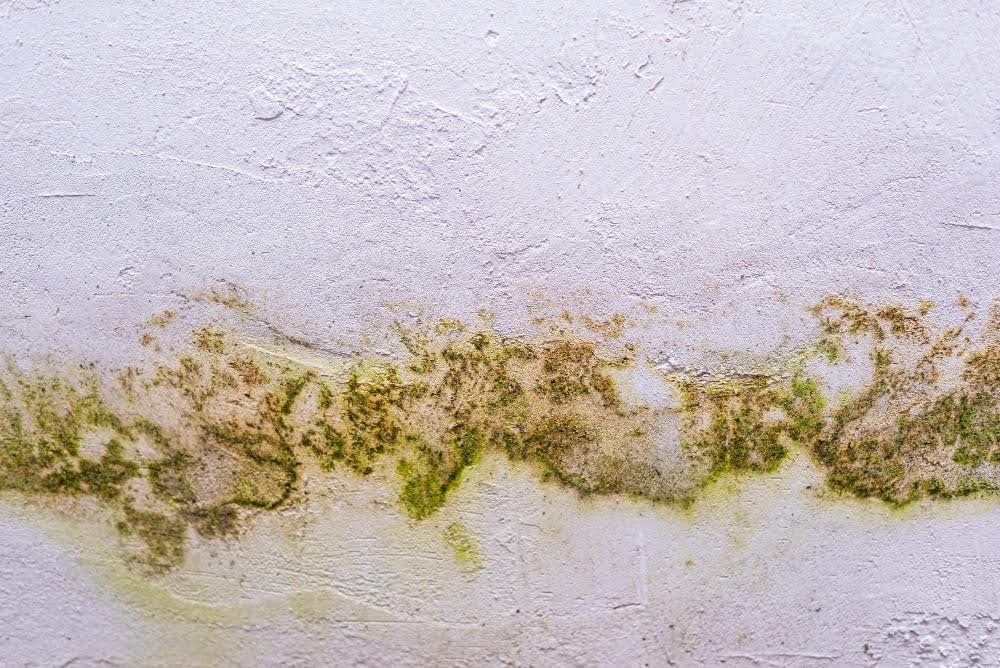
Mould and Mildew Growth
High humidity combined with stagnant air creates the perfect breeding ground for mould and mildew. These not only damage your home but can also trigger respiratory issues, skin irritations, and unpleasant odours.
Respiratory Problems and Allergies
Dust, allergens, and moisture accumulate faster when air circulation is poor. For people with asthma or allergies, this can mean more frequent flare-ups and increased reliance on medication. Even those without pre-existing conditions may notice more congestion, coughing, or irritated sinuses in poorly ventilated environments.
Poor Sleep Quality
Studies have shown that hot, stuffy environments negatively affect sleep. Without proper airflow, bedrooms can feel clammy and uncomfortable, making it harder to fall or stay asleep. Over time, poor sleep contributes to fatigue, reduced productivity, and even weakened immunity.
The Hidden Productivity & Lifestyle Costs

Reduced Comfort and Focus
Comfort plays a major role in productivity, whether at home or in the office. Poor airflow leads to stuffy rooms, making it harder to focus, work efficiently, or even relax. Employees in workplaces with poor air circulation often report lower satisfaction and higher fatigue.
Less Active Lifestyle
When indoor environments feel heavy and uncomfortable, people are less likely to stay active or engage in physical activities. A well-ventilated, breezy home can encourage movement, exercise, and overall better lifestyle habits.
Psychological Impact
There’s also a psychological aspect to air circulation. Fresh, moving air creates a sense of openness and comfort, while stagnant air can make spaces feel claustrophobic or uninviting. Over time, this impacts mood and mental well-being.
How Proper Air Circulation Solves These Problems
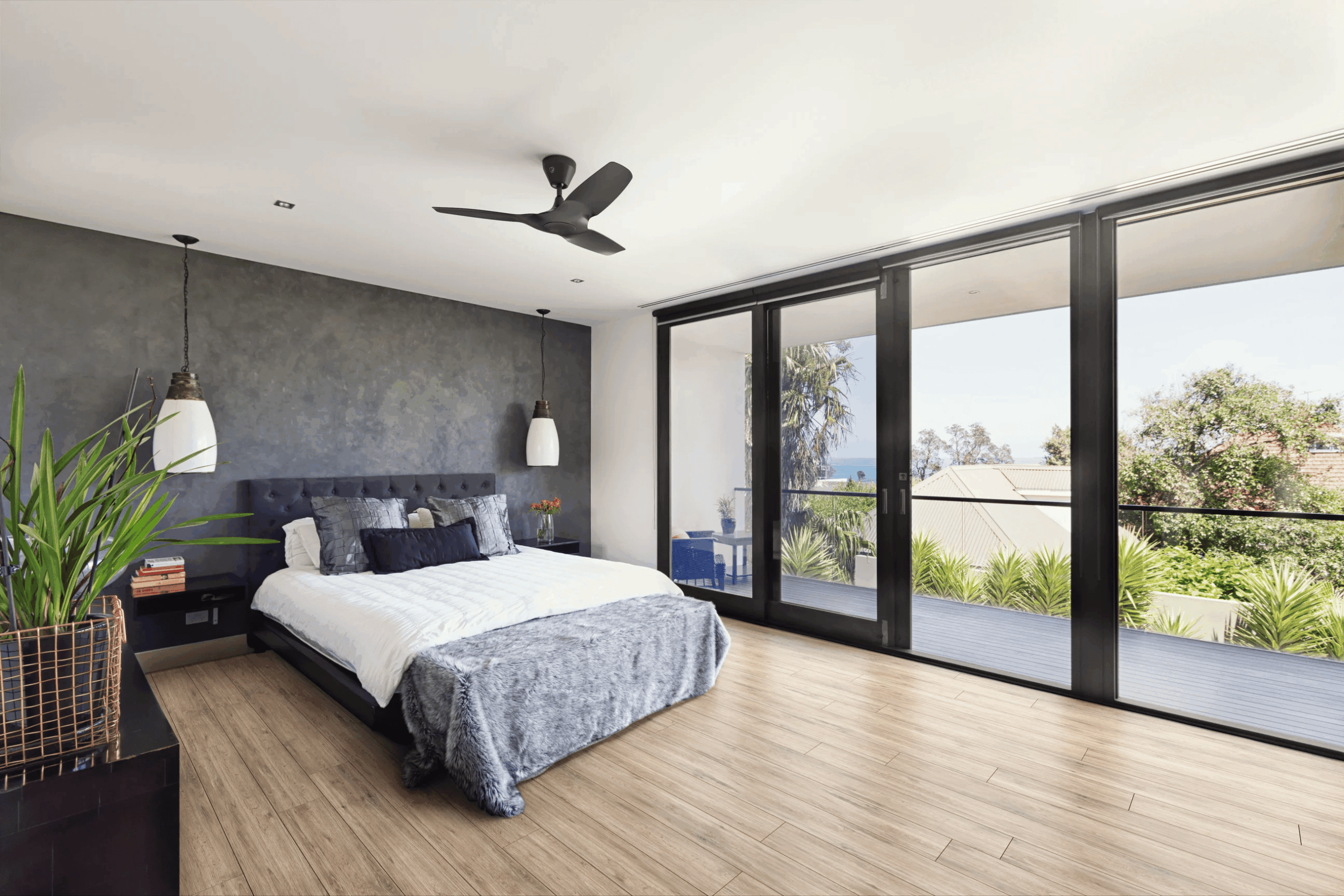
The good news is that addressing poor airflow is straightforward. With the right circulation solutions, you can avoid the hidden costs and enjoy a healthier, more comfortable environment.
-
- Better comfort: Air movement enhances the cooling effect, making rooms feel cooler even at higher thermostat settings.
- Lower energy bills: Fans use significantly less energy than AC units, allowing you to reduce reliance on cooling systems.
- Healthier living: Improved airflow reduces the risk of mould, mildew, and airborne allergens.
- Protects your home: Prevents long-term damage to furniture, paint, and fixtures.
Smart Solutions for Airflow
-
- Ceiling Fans: Ideal for bedrooms and living areas, circulating air without heavy energy use.
- HVLS Fans: Perfect for large commercial or industrial spaces, moving massive amounts of air at low speeds.
- Ventilation Systems: Ensures fresh outdoor air cycles into indoor spaces.
- Residential Solutions: For homeowners in Singapore, Big Ass Fans residential fans are designed to deliver quiet, efficient airflow while enhancing comfort year-round.
By combining air conditioning with proper airflow solutions, you can strike the perfect balance between comfort and efficiency.
Conclusion
The costs of poor air circulation in humid climates go far beyond just discomfort. From higher energy bills and home maintenance expenses to health issues and reduced productivity, stagnant air silently affects almost every aspect of daily life.
Investing in better airflow is not only a matter of comfort, it’s an essential step toward healthier living, smarter energy use, and long-term cost savings.
For personalised recommendations, get in touch with us through our contact page.
FAQs
1. Why is air circulation important in humid climates?
Air circulation improves comfort, reduces humidity build-up, and prevents mould growth, making it essential in humid climates like Singapore.
2. How does poor airflow affect my electricity bills?
Without circulation, AC units work harder and use more energy. Proper airflow reduces cooling costs by making rooms feel cooler at higher temperatures.
3. Can poor ventilation cause mould growth at home?
Yes. Stagnant, humid air encourages mould and mildew, which can damage homes and negatively affect health.
4. What are the health risks of poor indoor air circulation?
Poor airflow increases the risk of respiratory issues, allergies, poor sleep, and general discomfort.
5. What is the best way to improve airflow in a humid environment like Singapore?
Using ceiling fans, HVLS fans, or high-quality ventilation systems helps maintain consistent, comfortable airflow indoors.


